Goodwood Festival of Speed: Renault's classics in action
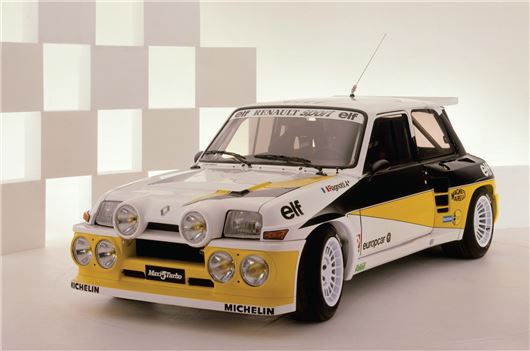
Renault is pushing out the boat to bring an amazing selection of its classics to the 20th Goodwood Festival of Speed. which takes place on 12-14 July. Included in the cars running up the hill are the Le Mans winning Alpine A442B, the 1977 Groupe 5 Alpine A310, and the dramatic Renault 5 Maxi Turbo of 1984.
Here's a run-down of the classics that Renault will be running up the hill:
1983 Renault RE40 Formula 1
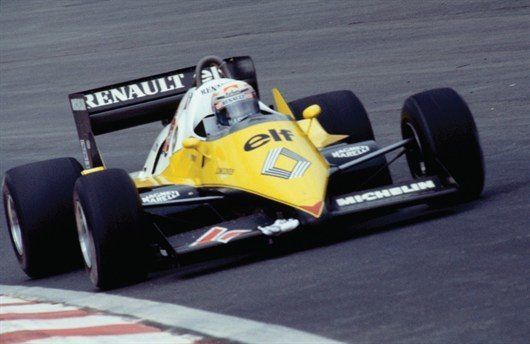
The RE40 was Renault’s first Formula 1 car to use a carbonfibre tub, this lightweight material and sizeable wings intended to counter the banning of ground-effect aerodynamics for the 1983 season. The RE40’s cause was further aided by Renault’s now long-running 1.5-litre turbo engine, which was by now running twin blowers to achieve a spectacular 880bhp. The turbos were still an occasional source of trouble, unreliability preventing Alain Prost from securing the championship that year in the season’s final race. But the RE40 scored four wins from 14 races, and three pole positions and three fastest laps, too. It’s still searing performance can be witnessed over the Festival weekend.
1984 Renault R5 Maxi Turbo
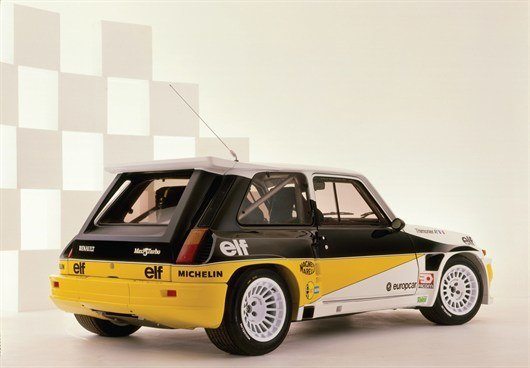
By the mid ‘70s the sun had finally set on the Alpine A110’s glittering rally career, Renault’s rival Lancia dominating the scene with its mid-engined Stratos. Renault’s surprising answer to this Ferrari-powered supercar was an urban supermini, its hugely successful R5 chosen as the unlikely basis for small, light and ferociously fast new mid-engined weapon. The idea was to move its engine from the front to the middle of the car to improve its traction and handling.
The result was a rather strange looking Five, its rear wings distended by swollen wheel arches, its rear seats sacrificed to a box housing a highly tuned, turbocharged 1.4-litre engine of 162bhp. The Rally Championship rules required that this weirdly appealing little car enter production, in the process creating one of Renault’s many legendary performance machines and a highly collectible car today. The Renault Five Maxi Turbo scored its maiden win on the 1981 Monte Carlo rally, and remained a potent force until the all-wheel drive Group B cars arrived. The Maxi Turbo’s extraordinary proportions, and power, can be seen in action over the Festival weekend.
1978 Renault RS01 Formula 1 car
‘Yellow Teapot’ doesn’t sound a very promising name for a Formula 1 car, this unflattering nickname earned during its debut at the 1977 British Grand Prix where it suffered the first of many steamy retirements amid jokes from the opposition. But this was Formula One’s first turbocharged car, the teams allowed to use either 3.0-litre normally aspirated engines, or 1.5-litre turbo motors. Renault alone took the turbo option, and though development of this complex engine was often troubled, the rightness of its decision began to emerge with a fourth place at Watkins Glen in the US in 1978.
A year later, the RS01 scored pole and lead the Kyalami GP in South Africa. The RS01 was replaced by the RS10, which scored the engine’s maiden victory and triggered Formula One’s dramatic turbo era. The Yellow Teapot will ride again over the Festival weekend, with several turbo-boosted bursts up the hill.
1978 Alpine A442B Le Mans car
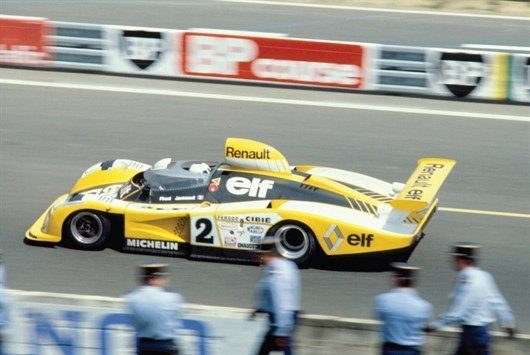
Renault contested the legendary Le Mans 24 hour race three times with the dramatic Alpine A442B, Didier Pironi and Jean-Pierre Jassaud winning the event on the car’s third outing in 1978. Powered by a turbocharged 2.0-litre, the Alpine’s powertrain signalled the dramatic stories to come when Renault departed sports car racing for Formula One after this impressive victory. The A442B looks as dramatic now as it did on its victorious day, and has lately inspired Alpine’s fresh attempt on France’s most famous race. You’ll be able to get an idea why when it charges up the Goodwood hill over the Festival weekend.
1977 Alpine A310 Groupe B
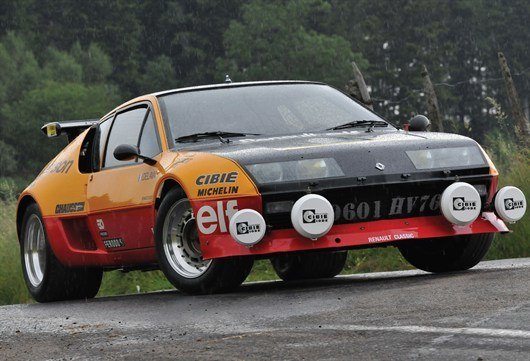
The striking Alpine A310 succeeded the legendary A110, updating the high-performance rear-engined coupe concept with pretty, sharp-edged styling, the addition of rear seats and more civility. Early cars had 1.6-litre fours, the A310 later gaining the 2.7-litre PRV V6. In this form it was developed as a Groupe B rally car, in 1977 winning the French Rally championship against far more powerful opposition. This relatively rare machine will be performing over the Festival weekend for the first time since its retirement in 1977.
1926 Renault 40CV Type NM des records
1902 Renault Type K
Also on static display will be:
1993 Williams Renault FW15C ex-Alain Prost

This car remains one of the most technically advanced Formula 1 cars ever made, because rule changes subsequently barring electronic driver aids. Active suspension, ABS anti-lock brakes, and traction control all featured, although the fundamental competitiveness of this car also contributed to its spectacular tally of 10 wins from 16 races. Drivers Alain Prost and Damon Hill enjoyed the power of Renault’s 760bhp-plus 3.5-litre V10, which won Prost the driver’s championship and Williams the constructors’ title.
1993 Renault Clio Williams

The Clio Williams was one of Renault’s most desired cars when the first Festival of Speed took place 20 years ago and it remains as desirable today, having rapidly established itself as a hot hatch legend when it was launched in May 1993. Its name was inspired by the Renault-powered Williams F1 team, and the link was not inappropriate, the Clio scooting to 62mph in a still impressive 7.9 seconds. It was powered by a specially developed 150bhp 2.0-litre 16-valve engine and featured many bespoke parts, most famously a set of gold alloy wheels.
1924 Renault Type MH ‘Pioneer Spirit’ six-wheeler
Compare classic car insurance quotes and buy online. A friendly service offering access to a range of policies and benefits.


 Keith Adams
Keith Adams
 NEC classic motor show 2020 postponed due to Covid 19 concerns
NEC classic motor show 2020 postponed due to Covid 19 concerns
 Classic car auction house Coys goes into administration
Classic car auction house Coys goes into administration
 Motor racing great Sir Stirling Moss dies aged 90
Motor racing great Sir Stirling Moss dies aged 90
 Alfa Romeo anniversary races set for Silverstone
Alfa Romeo anniversary races set for Silverstone
 Government to make E5 fuel available for classic owners
Government to make E5 fuel available for classic owners
 Plans to introduce cleaner fuel could damage more than a million classic cars
Plans to introduce cleaner fuel could damage more than a million classic cars
 Top 10: Classic cars from the Gulf motor racing heritage collection
Top 10: Classic cars from the Gulf motor racing heritage collection


